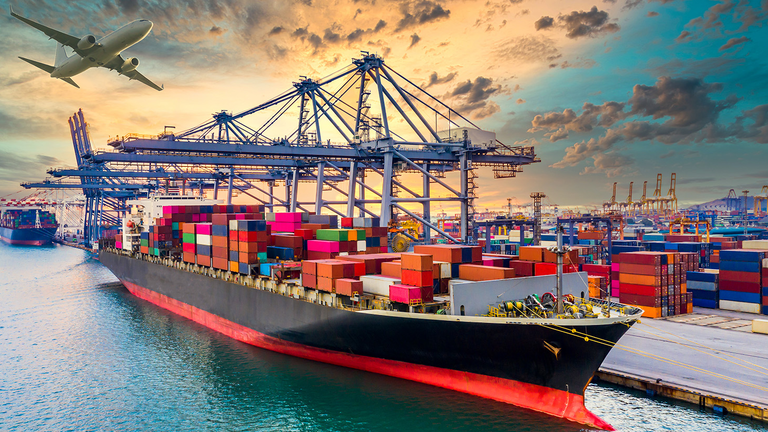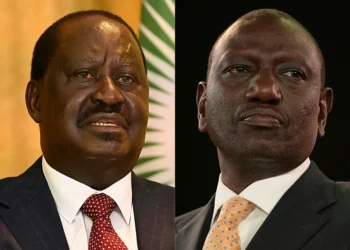South Africa is expected to record a current account surplus of 3.3 per cent of GDP in 2022- the third successive annual surplus from a record 3.7 per cent in 2021, according to Fitch solutions.
This reflects a narrower surplus amount compared to 3.7 per cent in 2021, and in line with South Africa’s Reserve Bank (SARB) data. As commodity prices remain elevated in the wake of the Russia-Ukraine war, this will keep the country’s current account in (somewhat smaller) surplus.
According to Fitch Solutions, “exports will rise further in 2022” as goods exported in 2021 totaled ZAR1.8 trillion (US$121.5 billion), 28.8 per cent higher than in 2020.
Despite the anticipated supply disruptions, higher global inflation, lower GDP growth and greater market volatility due to the Russia-Ukraine war, South African exports will be sustained by elevated prices for key commodities, such as platinum gold, chrome and manganese.
Based on forecasts, output of platinum and iron ore will rise by a respective 2.0 per cent and 3.0 per cent in 2022. While gold production is expected to rise by only 1.0 per cent, exports will be boosted by a further 5.6 per cent increase in gold prices as demand for safe-haven assets persists.

That notwithstanding, strong import growth will lead to narrowing of the trade surplus, Fitch said. The country’s imports lagged exports in 2021, rising 22.1 per cent to ZAR1.3 trillion, “but we expect this trend to reverse in 2022, largely because of substantially higher oil prices in the wake of Russia’s invasion of Ukraine”.
“Our oil and gas team expect the price of Brent to average $100/bbl in 2022, 40.9 per cent up on the 2021 average of $71/bbl leading to a notable increase in imported fuel costs.”
Fitch
Trade Surplus to Narrow
While consumer and industrial demand for imported products is likely to be constrained by muted economic activity, expectations are that the value of goods imports will grow by 21 per cent to $110.4 billion in 2022. Therefore, Fitch estimates an expected trade surplus to narrow to $29.8 billion in 2022 from $30.3 billion in 2021.
Albeit, the country’s current account will return to deficit in 2023, though this represents a small size deficit, equivalent to 0.2 per cent of GDP. This suggests very limited external financing needs in the short to medium term.
According to Fitch’s forecast, foreign direct investment into South Africa rose to ZAR604.3 billion in 2021, from ZAR50.4 billion in 2020. In the near term, South Africa, like other emerging markets, will be vulnerable to muted investor sentiment as a result of Russia’s invasion of Ukraine, Fitch warned. However, FDI will pick up over the coming quarters, given structural reforms designed to facilitate private-sector investment and public-private partnerships.
Additionally, South Africa will continue to benefit from the IMF’s H2 2021 allocation of Special Drawing Rights, under which it was allocated around $4.2 billion worth of new SDRs. This has helped increase the country’s stock of foreign reserves from 5.1 months of import cover in 2019 to 6.6 months in 2021, and “we expect it to average 6.1 months in 2022-23, thus helping to cover any financing shortfalls that might emerge”.
READ ALSO: Prez Nana Addo Taxing MoMo Shameful, Ill-Conceived- Fintech CEO




















